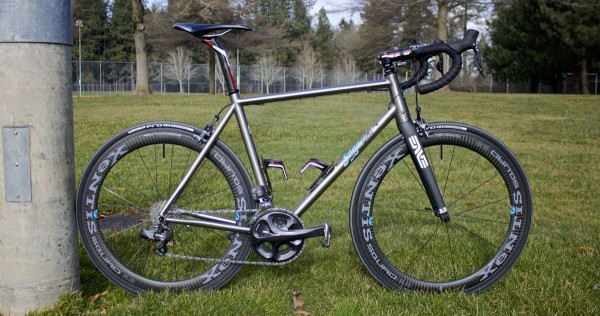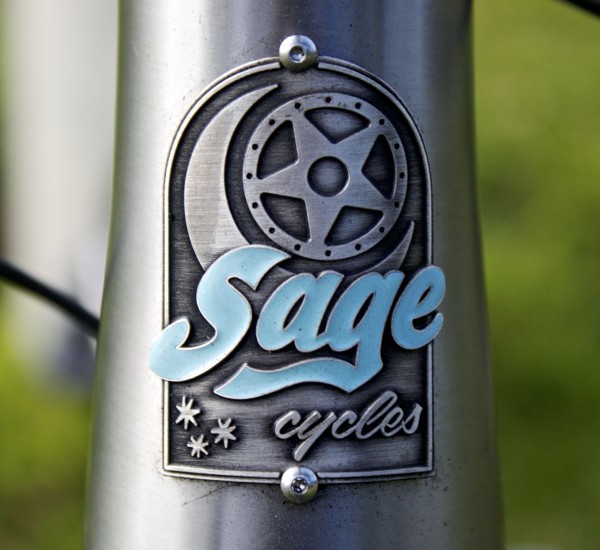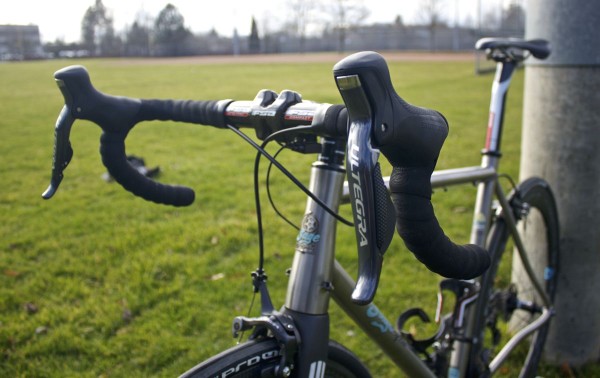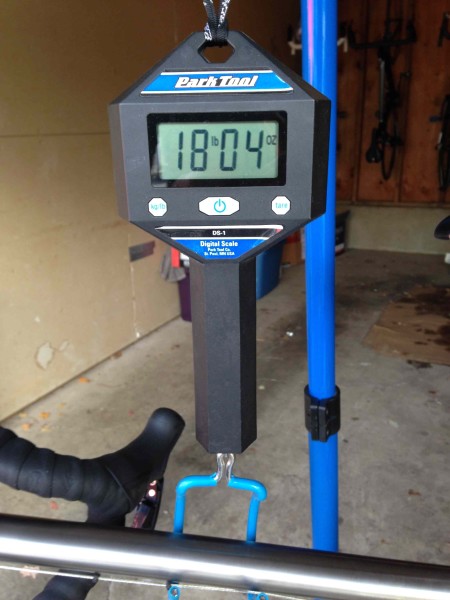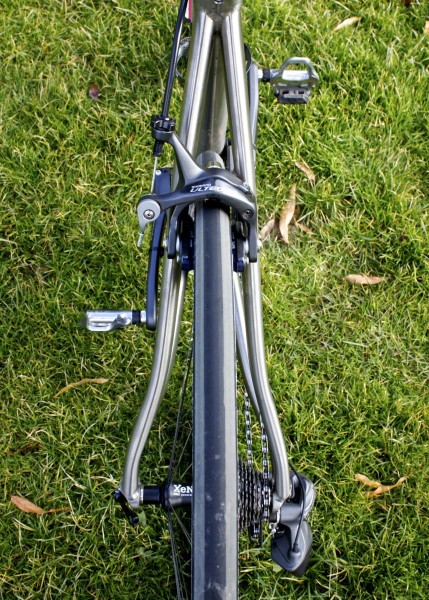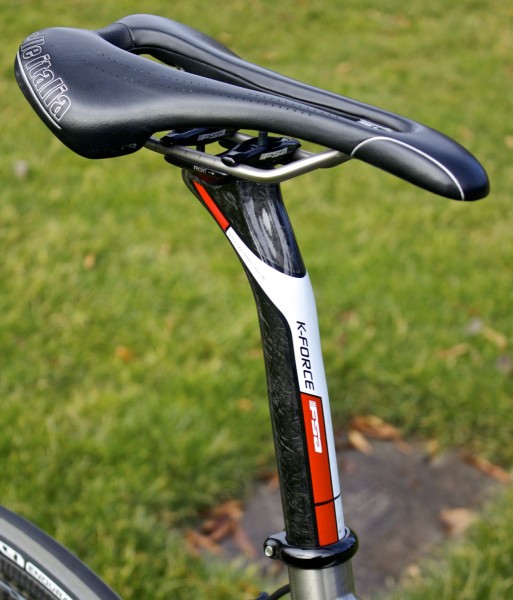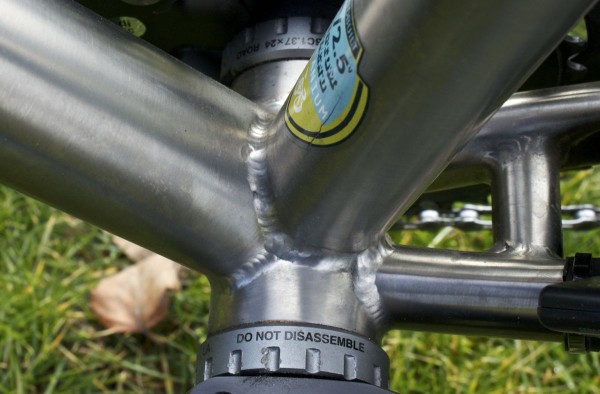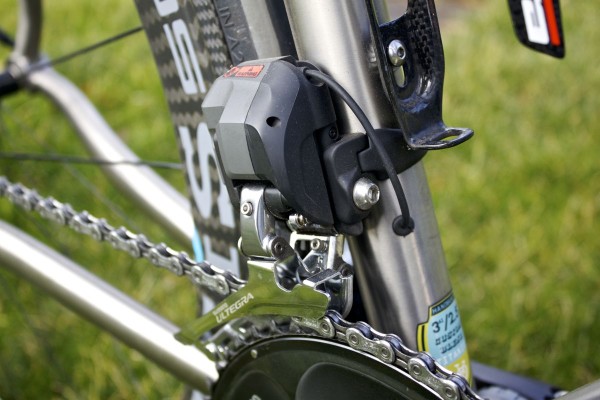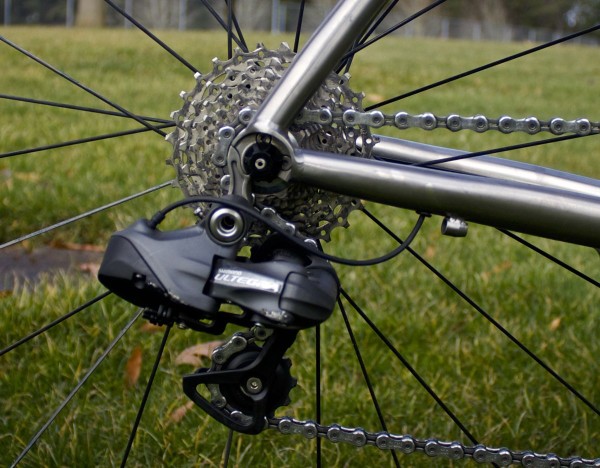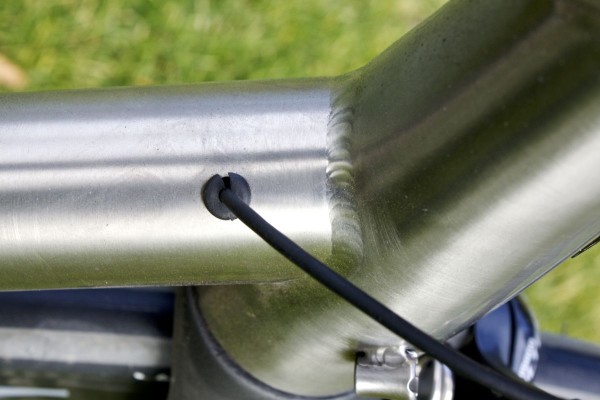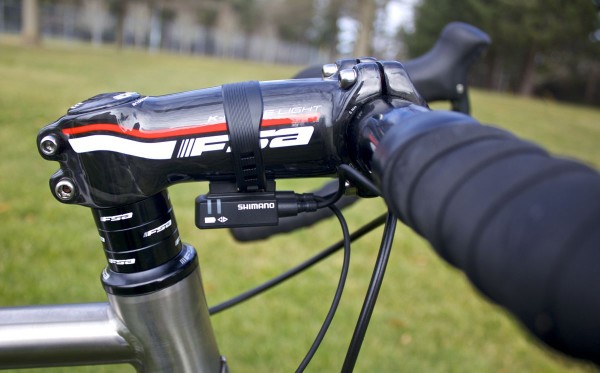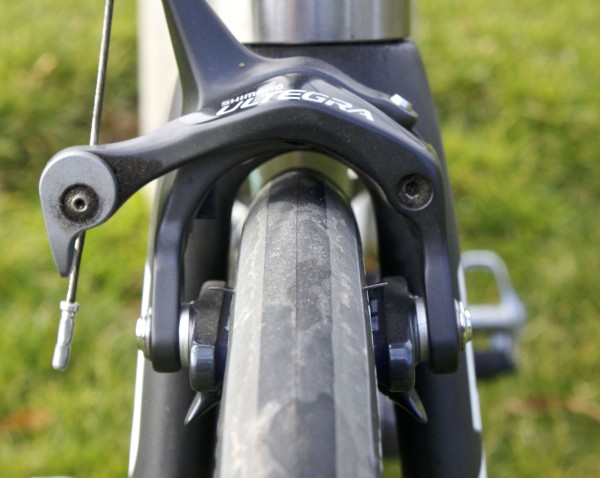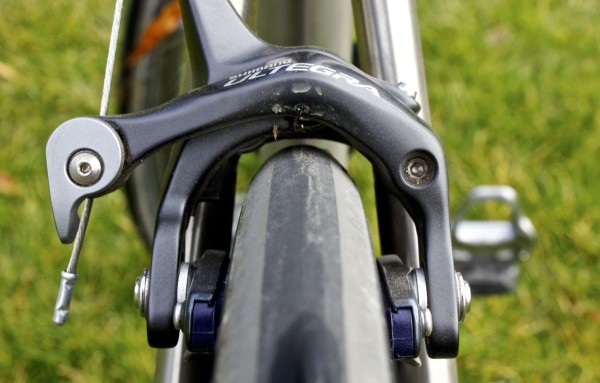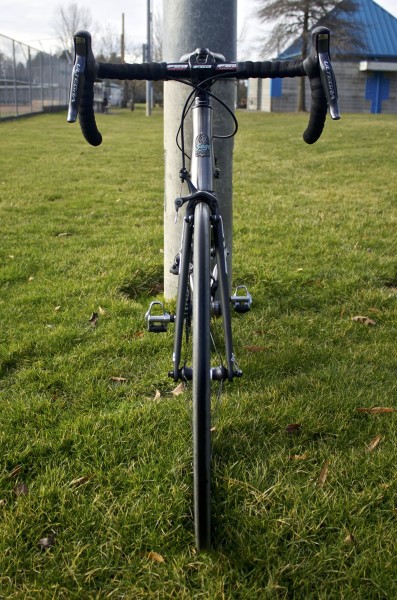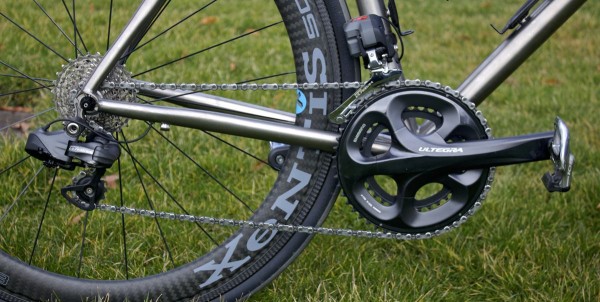As a cycling enthusiast, and contributor here at BikeRumor, I have been afforded many opportunities to ride carbon, steel, and alloy bikes. The one popular building material I had yet to try out was titanium. I can’t say that anymore thanks to the Sage Cycles Skyline E1 that has been in my stable for the past few months. It has been a very interesting and fun time comparing this ti road racer with the steel and carbon rides in my garage.
Now, roll on through the jump for the full breakdown, plus info on the 2014 updates Sage Cycles has planned.
For their 2013 product run, Sage Cycles designed the bikes here in Portland, had them produce in China, and then each frame was heavily QC’d and assembled back here in Portland. The end result is a much more affordable (I know, affordable is subjective) ride than something produced here in the US (more on this in a bit).
The Skyline E1 provided for review is a 58cm, and geometry can be found here. As for the build spec, it came with a complete Shimano Ultegra Di2 drivetrain. The bottom bracket is a standard english threaded 68mm shell. I opted for the 50/34 compact crank and 12-28 cassette. For those with ambitions to race, a 53/39 crankset can be had, as well as a 12-25 cassette. The cockpit includes a FSA K-Force set back post and K-Force stem, along with a FSA Wing Pro compact bar. Perched on the post is a Prologo Scratch Pro T2.0 saddle, and the bars are wrapped with Cinelle cork tape. The frame came to me rolling on Mavic Ksyrium SLS wheels wrapped in Mavic’s own Yksion clincher tires which measured out to a narrow 22mm. Holding on that front wheel is a 1.5” tapered Enve 2.0 carbon fork with a 43mm rake. A FSA Orbit C-40-ACB headset keeps it attached to the frame. With Shimano 105 pedals, two FSA carbon bottle cages, Selle Italia SLR Maxflow 145 saddle, a Cateye speed / cadence sensor, and Xentis Squad 58mm carbon clinchers, the bike has an actual weight of 18lbs 4oz.
So where does this bike fit in? I called it a road racer and that is exactly what it is. It’s not a super stiff crit machine. But it is an excellent stage race roadie. This bike is very much at home cruising down the road on long rides. The geometry and setup are on the aggressive side. This bike has the most bar to saddle drop out of anything I have been on, but never seemed uncomfortable. In fact, I fit very well on this bike, and found it to be very comfortable on 40 to 50 mile rides, at pace, through the countryside. I will certainly chalk some of that comfort up to the titanium frame. Not to unlike well engineered carbon, the titanium really helps to smooth out the road.
The construction of the frame is solid. The frame is made with double butted top, down, and seat tubes, as well as heavily shaped stays. The welds look adequate, but are not the same caliber you would find on a Moots. Given that a Moots or a Seven frame can cost about as much as a full build from Sage Cycles, if these welds aren’t the prettiest, but function without failing, it can be forgiven.
The aggressive geometry equates to very fast handling that seems to hit the sweet spot just before twitchy becomes an issue. Descending at higher speeds feels stable, and you never feel out of control on the bike. The tapered headtube and smartly specced Enve 2.0 fork do a great job at keeping the front end stiff.
The pedaling platform is adequately stiff, but isn’t in the ranks with some of the carbon racers in this price range. For some, me included, that is just fine. If you are a sprinter, you’ll want to get in a test ride first though, as there is a bit of windup before the bike takes off. It’s minor however, and when it does get going, it keeps going. I often felt like the bike wanted to go faster.
Not only was this my first time on titanium, it was also my first long term test with an electronic drivetrain. I feel spoiled. The Di2 setup worked flawlessly for the entire review period. The internal seatpost battery keeps things looking clean. The ability to cross chain without as much worry was nice (not that i make it a habit, but it happens). Being winter, I found that shifting while wearing gloves was never an issue. This drivetrain really completes the high end feel of the bike.
As pictured, the stock build was changed up a bit. For one, I had some wheels that needed to be tested, so I removed the stock Mavic’s. The Ksyrium SLS wheelset performed great for the first few rides, and was a welcome addition to the build kit. It always irks me to see a company spec a bike with great parts only to skimp on the wheels. I understand the reasoning behind it, but never the less, I am glad to see a decent wheelset present on the Skyline out of the box. That said, I was not a fan of the Yksion clinchers. They were grippy enough, but as a larger rider, I prefer a wider tire, and at 22mm, these just didn’t feel comfortable to me. I swapped them out for 25mm Michelin Pro Endurance tires which made a positive difference in comfort, and still felt fast. That difference was doubled when swapping the wheels out for some deep carbon Xentis Squad 58mm clinchers. Changing the wheels and tires out for this setup took an already great bike, and made it that much better.
The other change was replacing the stock saddle (something I do on every bike I get). The ProLogo Scratch saddle and my hind end were not friendly. It came off in favor of my personal favorite, the Selle Italia SLR Superflow MAX 145.
Besides not liking the stock tires and saddle, the only other nit to pick with this ride are the external cable stops on the headtube. Not being in use, they look very out of place. However, this issue is resolved in a unique way for the 2014 model. We will have more on that in a future post.
While we are on the subject of the 2014 spec, lets run through the changes coming. First and foremost, the frames are no longer going to be made in China. Production is being moved to USA, and will be done at Lynskey. The headtube is being replaced with a 44mm version, and the downtube diameter is being increased to 1-5/8th inches. The chainstays are being shortened a tiny bit for improved acceleration. Rear tire clearance is being addressed so that a 25mm tire plus fender should be manageable (read: PDW Full Metal Fenders) As mentioned, the cable stops are being reworked. And last but not least, an updated decal package is being introduced. While I can’t show you yet, I have seen them, and the new graphics look good.
The current version of the Skyline E1 has performed amazingly well, and with the 2014 changes planned, the bike only seems to be getting better. At $6450 for the 2013 model (pricing for 2014 coming at a later date), it slots in cheaper than higher end ti roadies from the likes of Moots and Seven. With production moving to the US, we will be curious to see how the price changes. But as of now, assuming a minimal price jump, this bike comes recommended for anyone looking for a titanium racer with all day comfort at no compromise.
